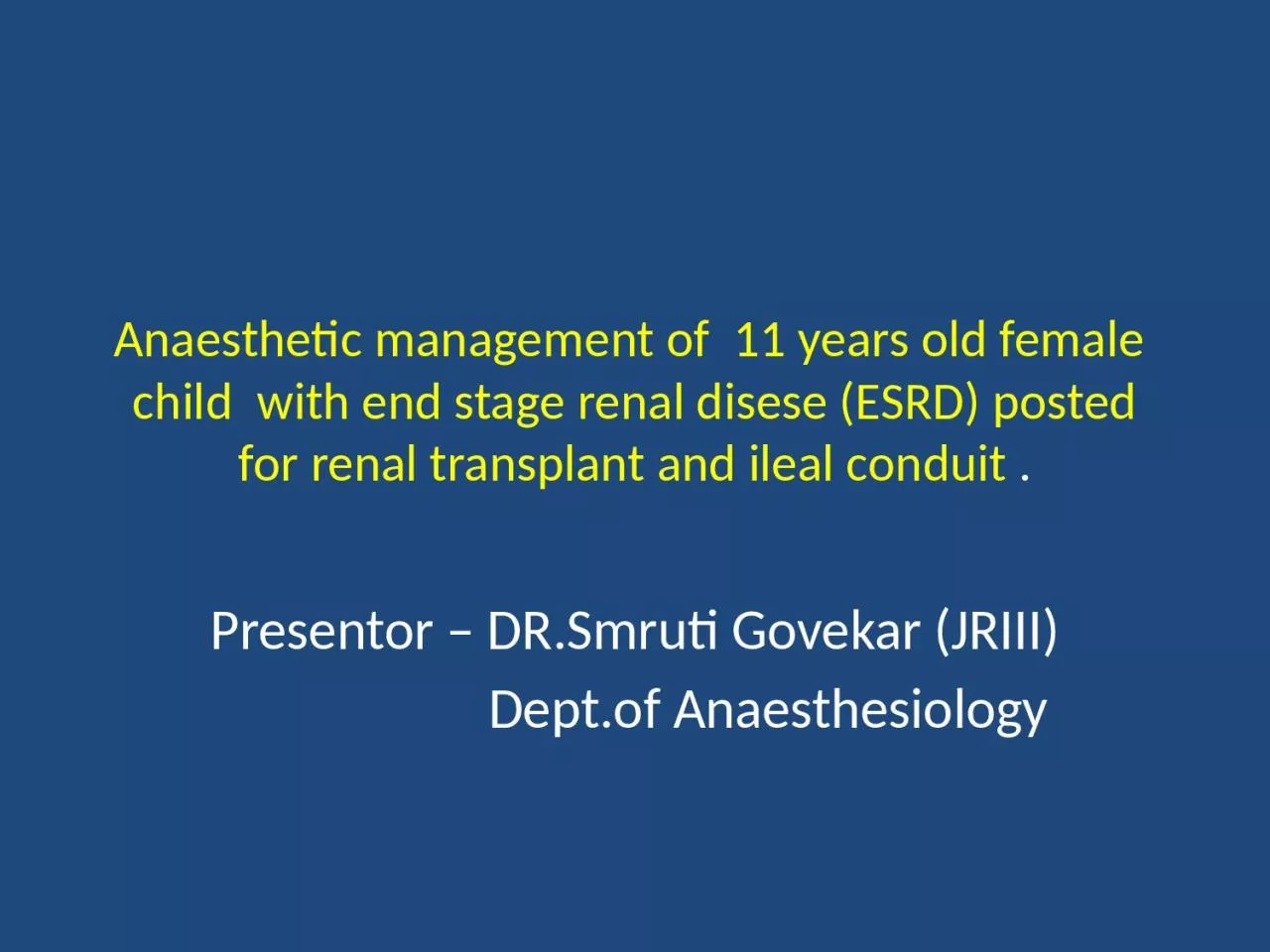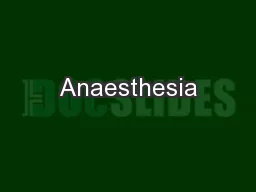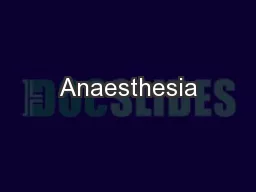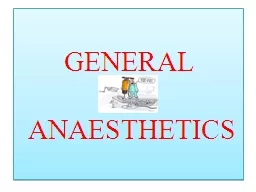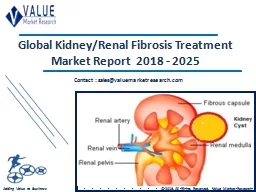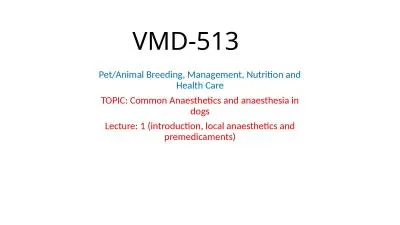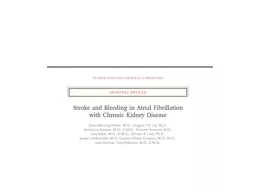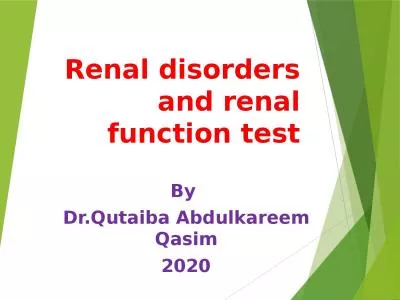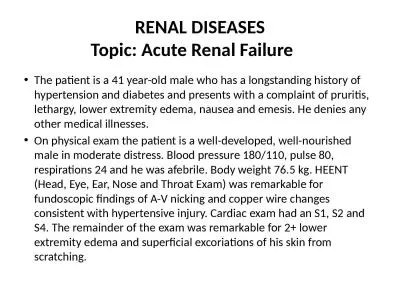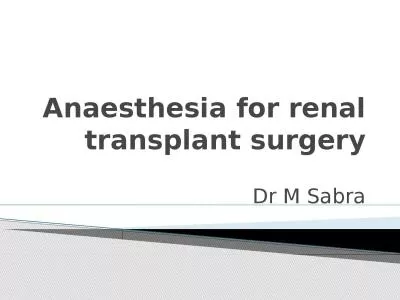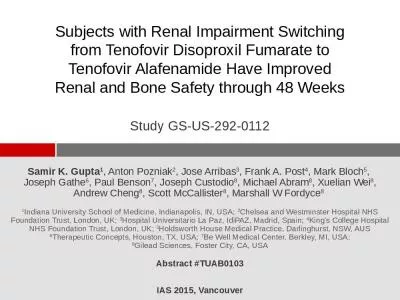PPT-Anaesthetic management of 11 years old female child with end stage renal
Author : sophia | Published Date : 2022-06-11
disese ESRD posted for renal transplant and ileal conduit Presentor DRSmruti Govekar JRIII Deptof Anaesthesiology A 11 year old female child was referred
Presentation Embed Code
Download Presentation
Download Presentation The PPT/PDF document "Anaesthetic management of 11 years old ..." is the property of its rightful owner. Permission is granted to download and print the materials on this website for personal, non-commercial use only, and to display it on your personal computer provided you do not modify the materials and that you retain all copyright notices contained in the materials. By downloading content from our website, you accept the terms of this agreement.
Anaesthetic management of 11 years old female child with end stage renal: Transcript
Download Rules Of Document
"Anaesthetic management of 11 years old female child with end stage renal"The content belongs to its owner. You may download and print it for personal use, without modification, and keep all copyright notices. By downloading, you agree to these terms.
Related Documents

